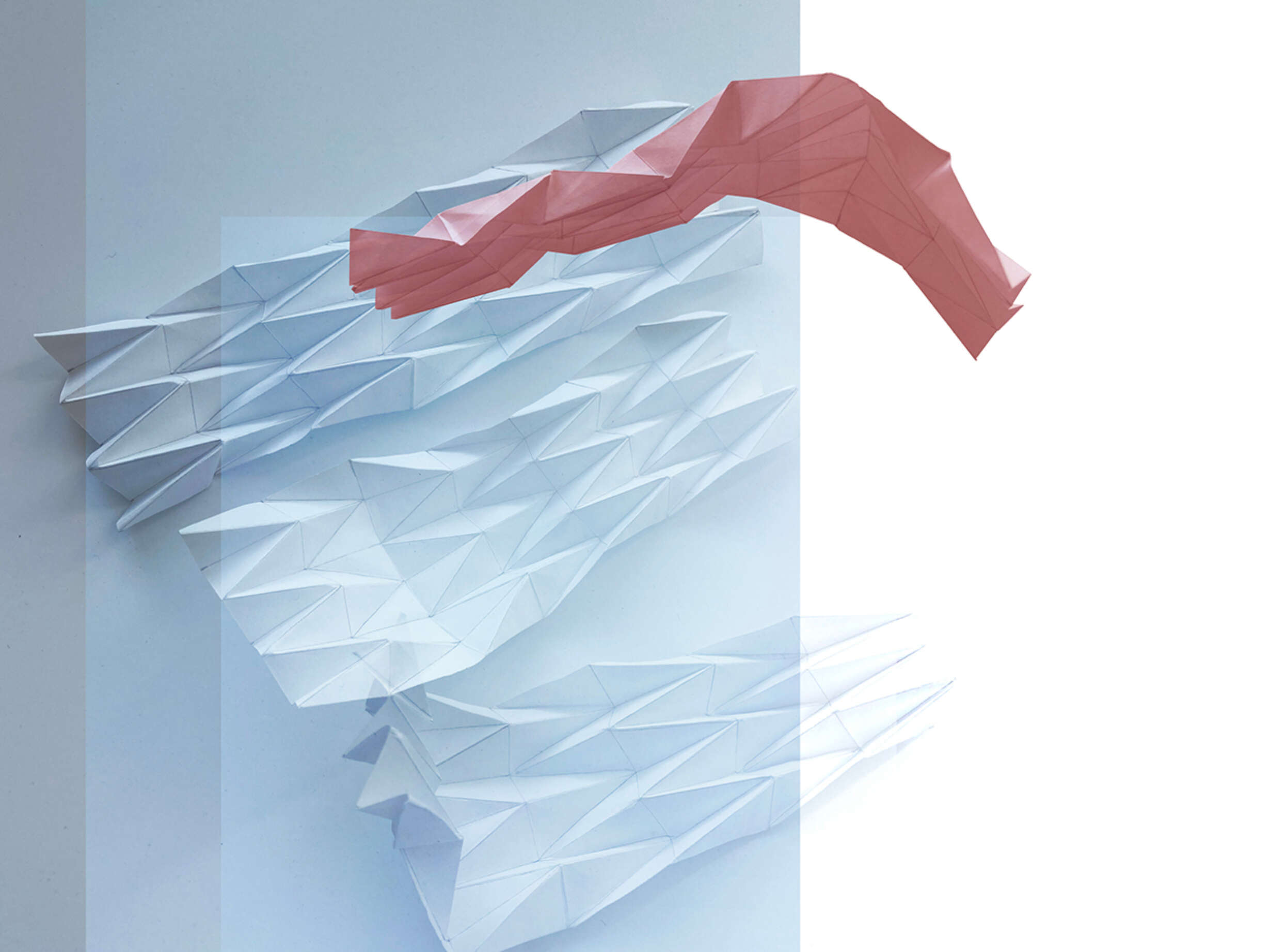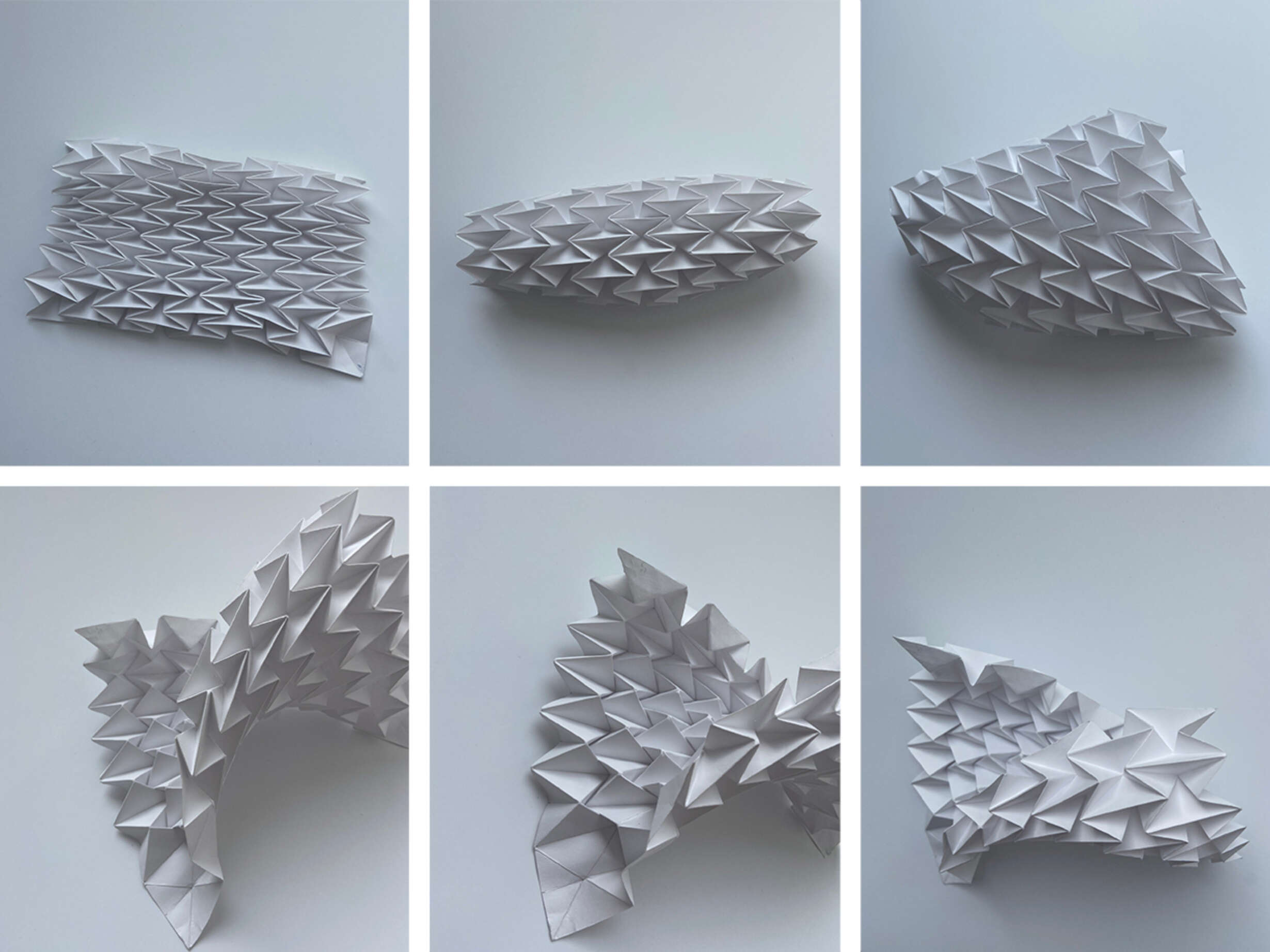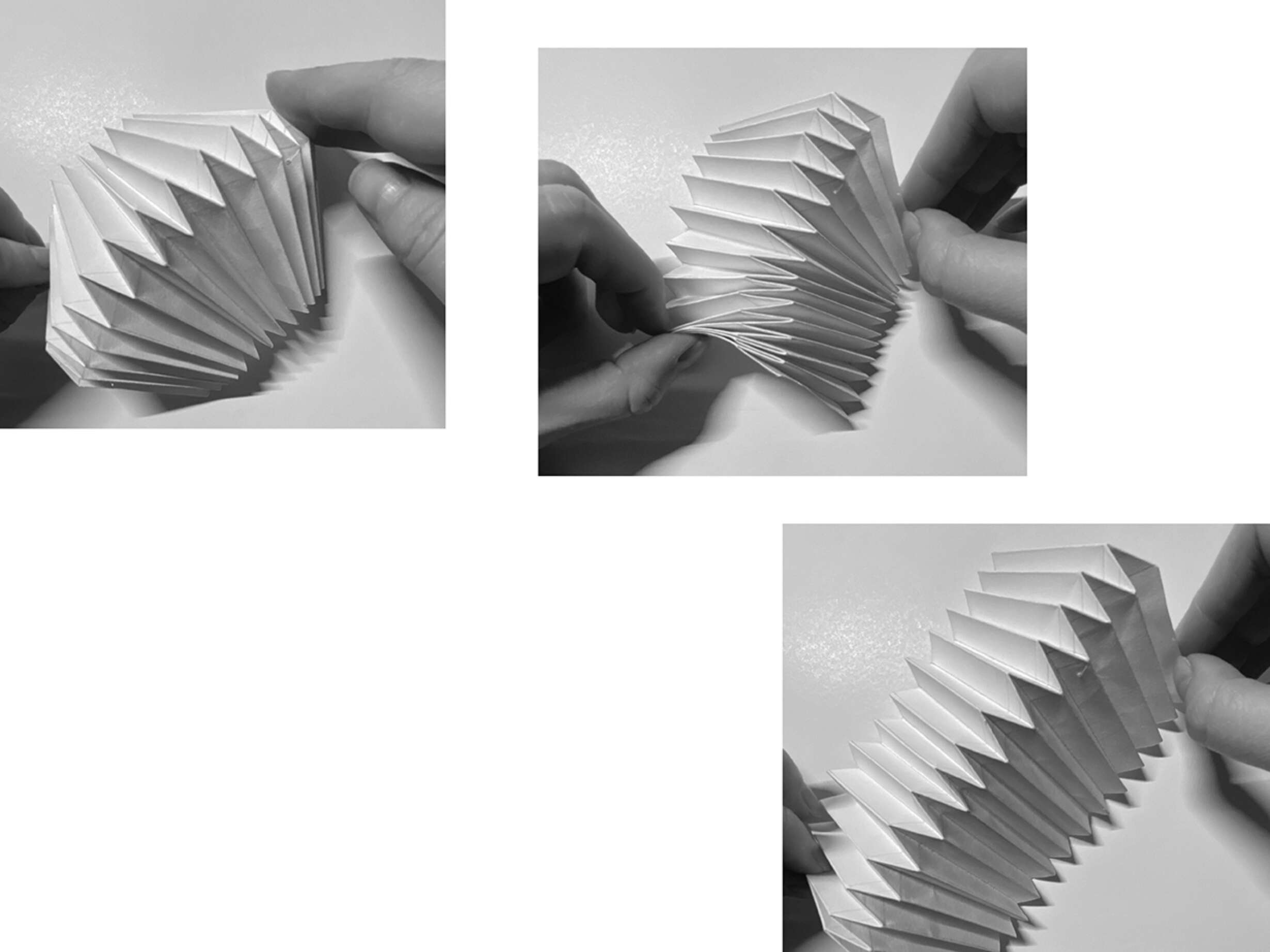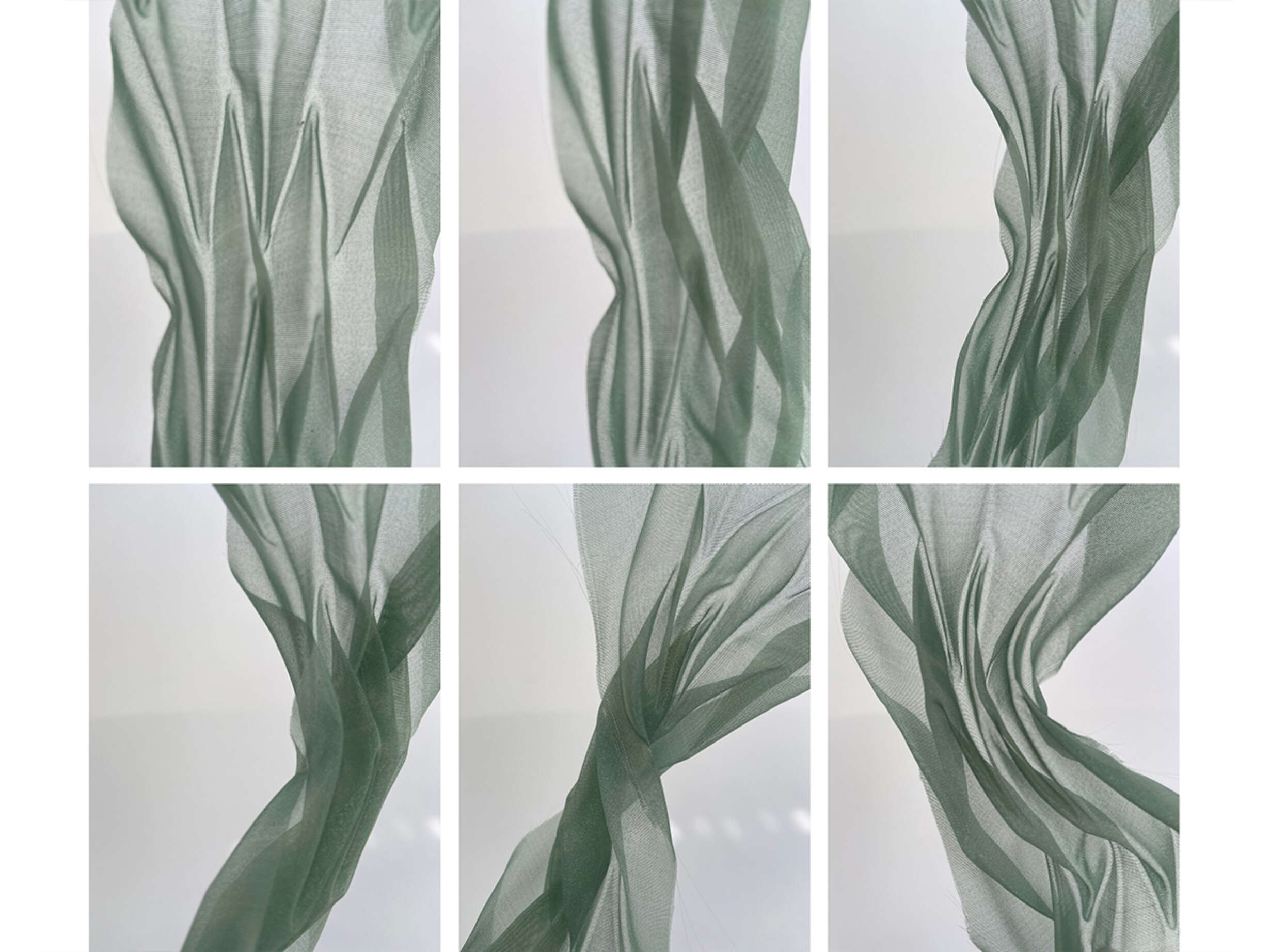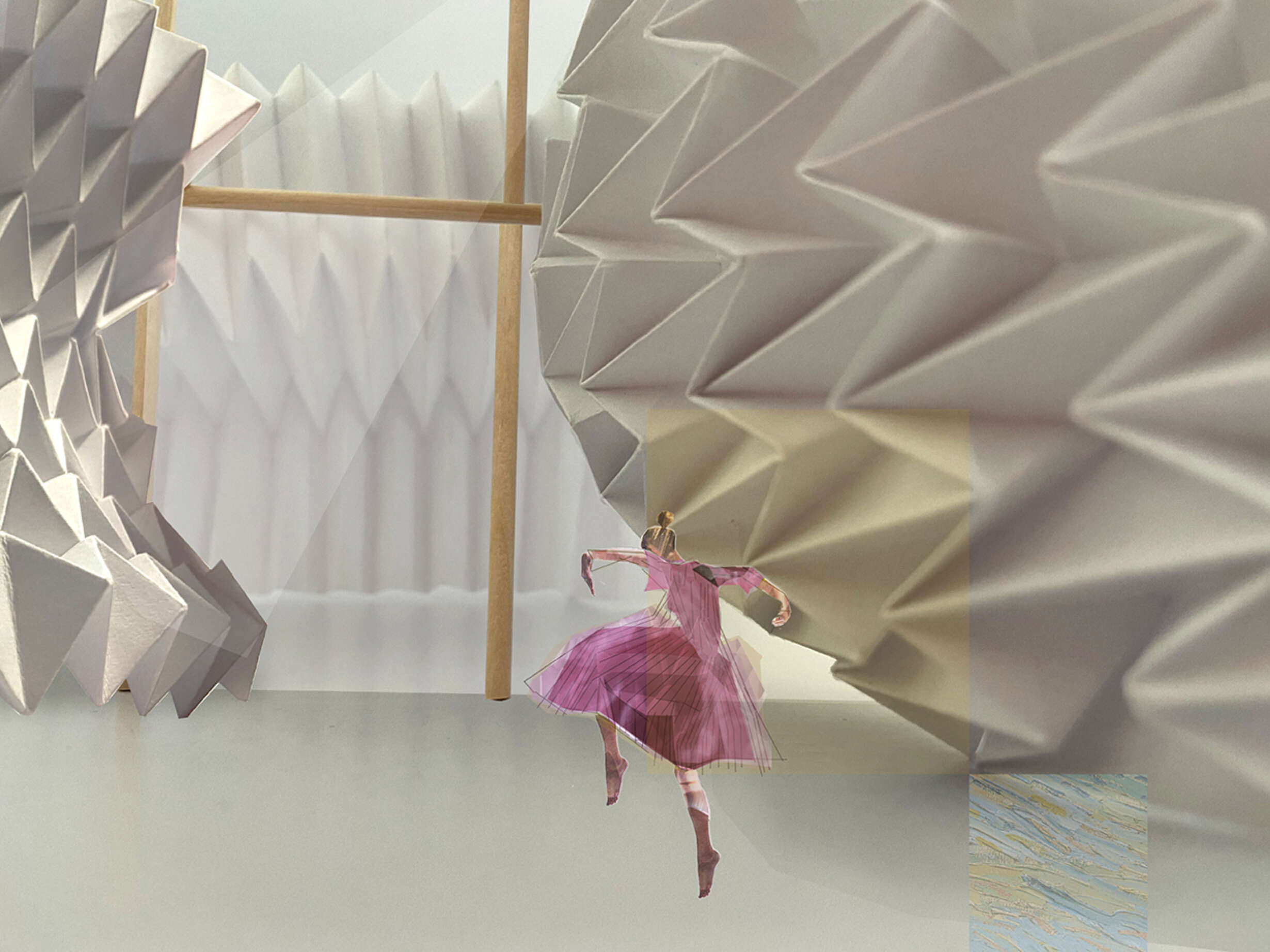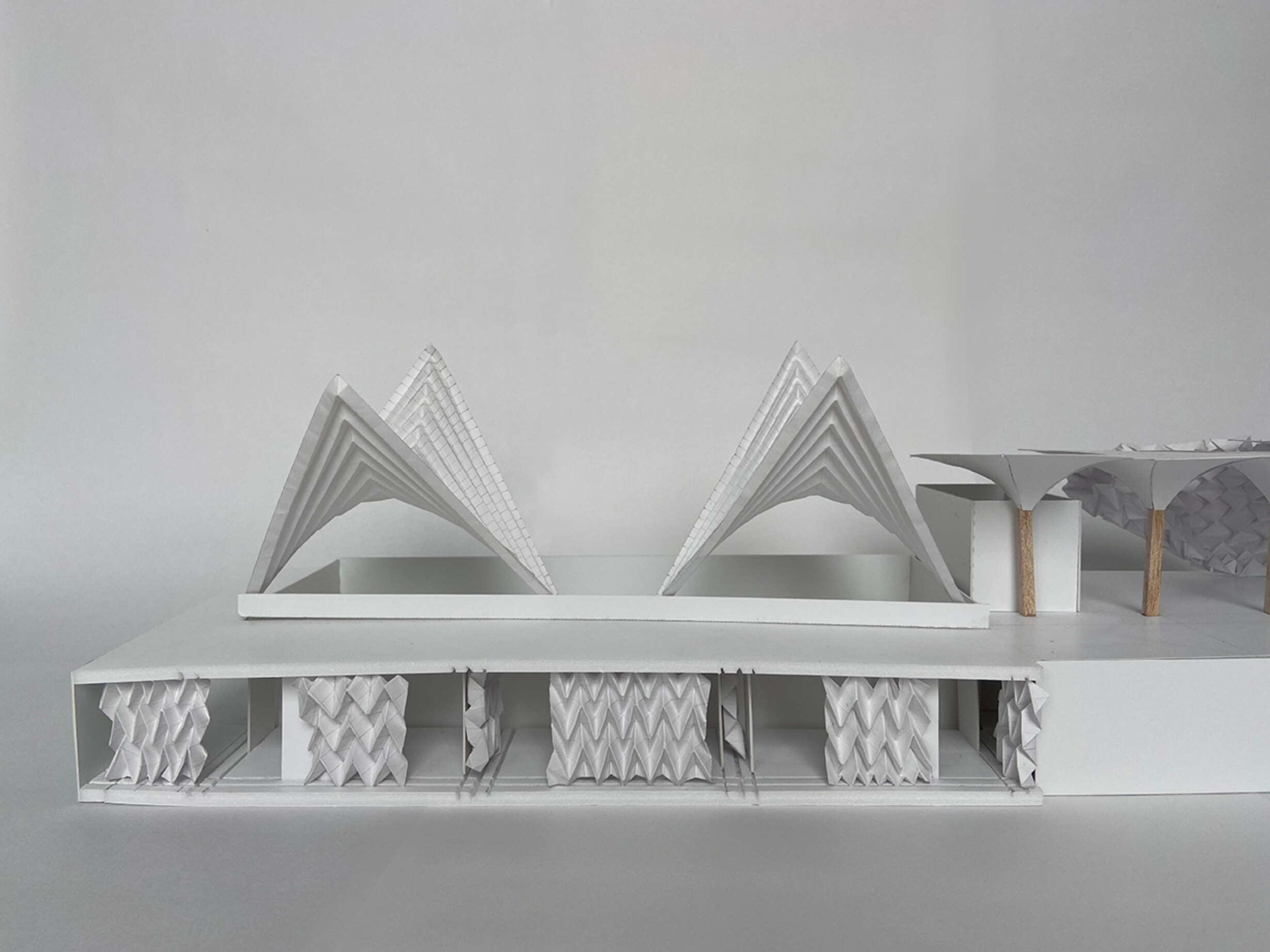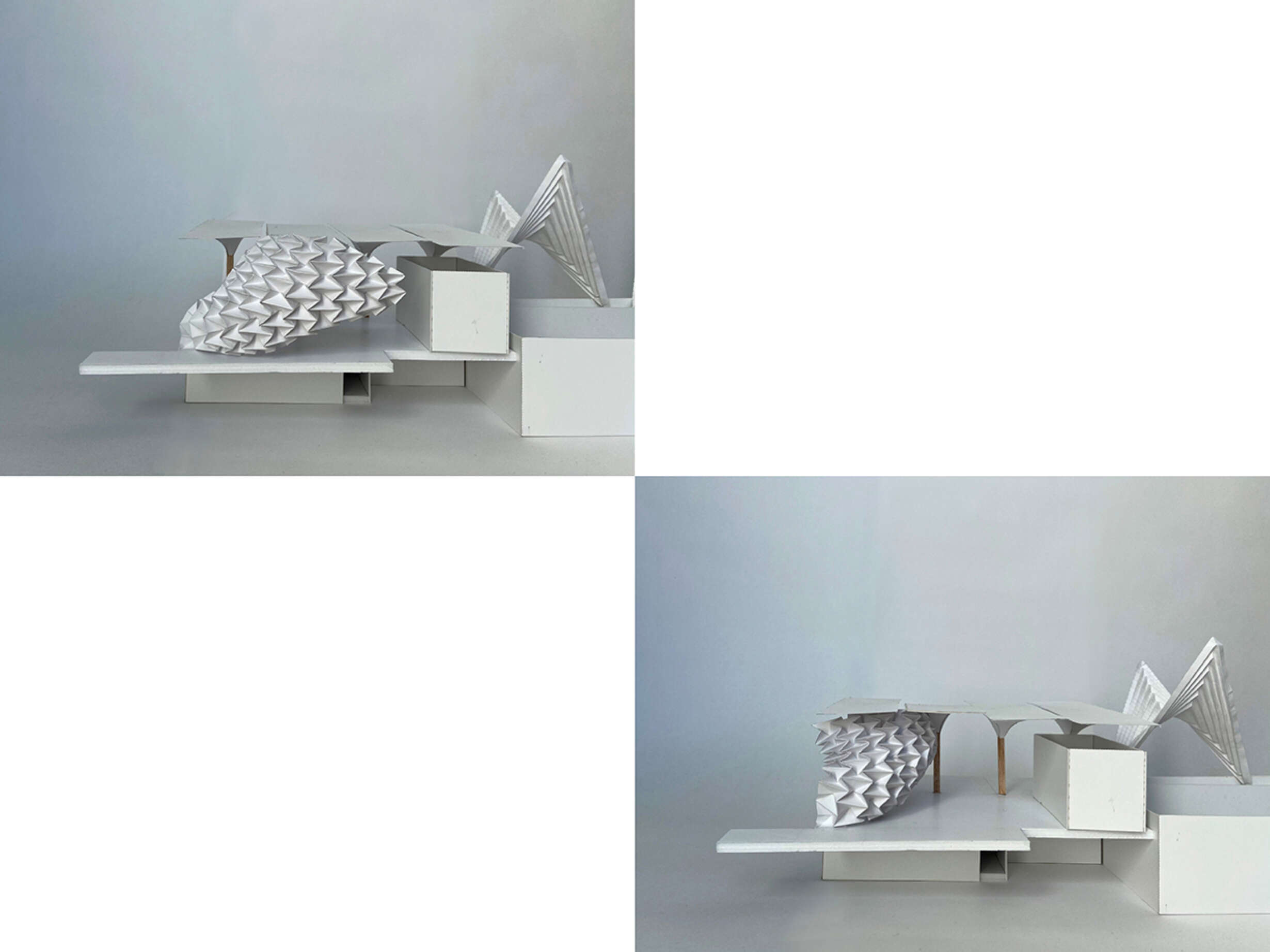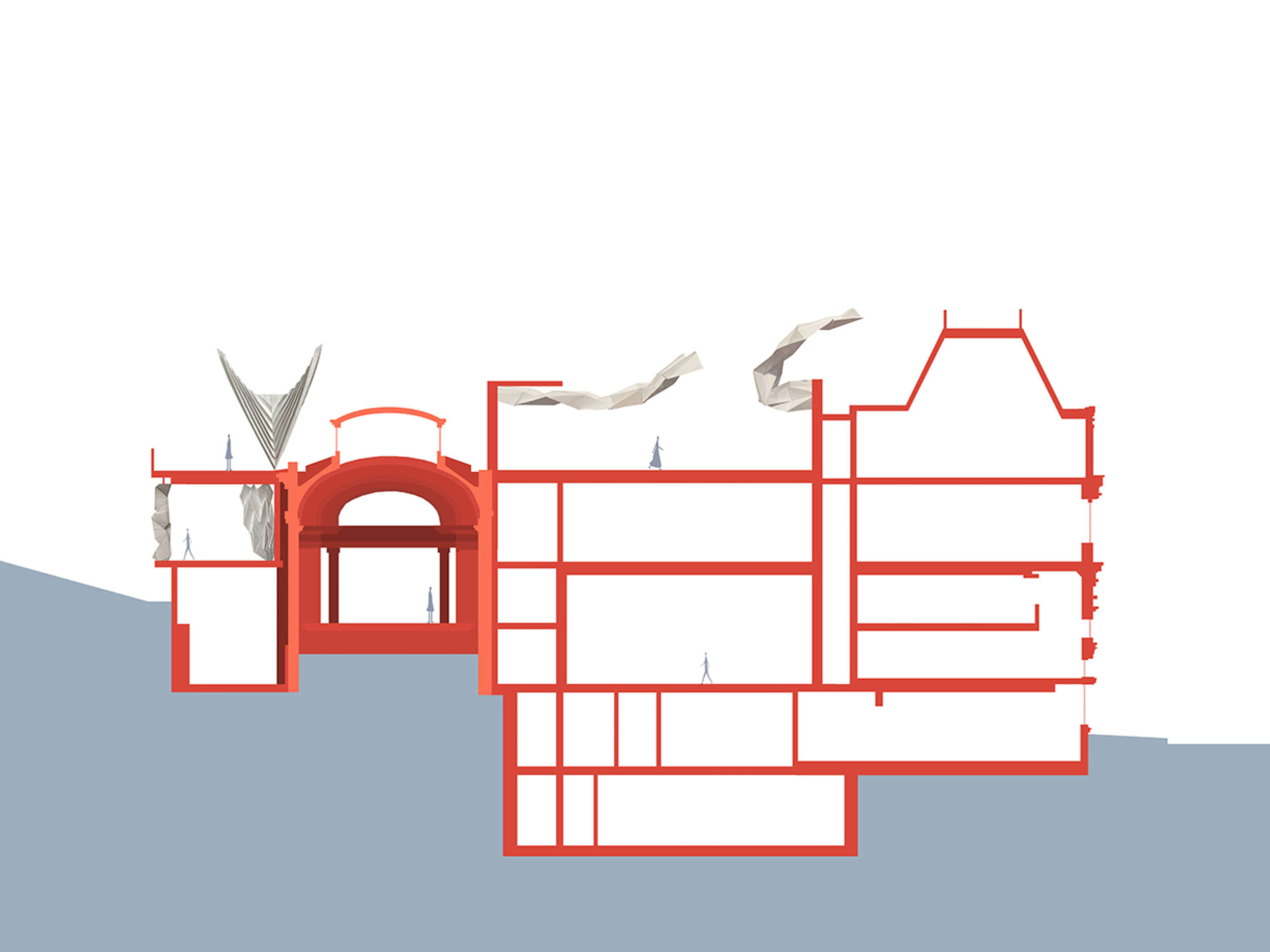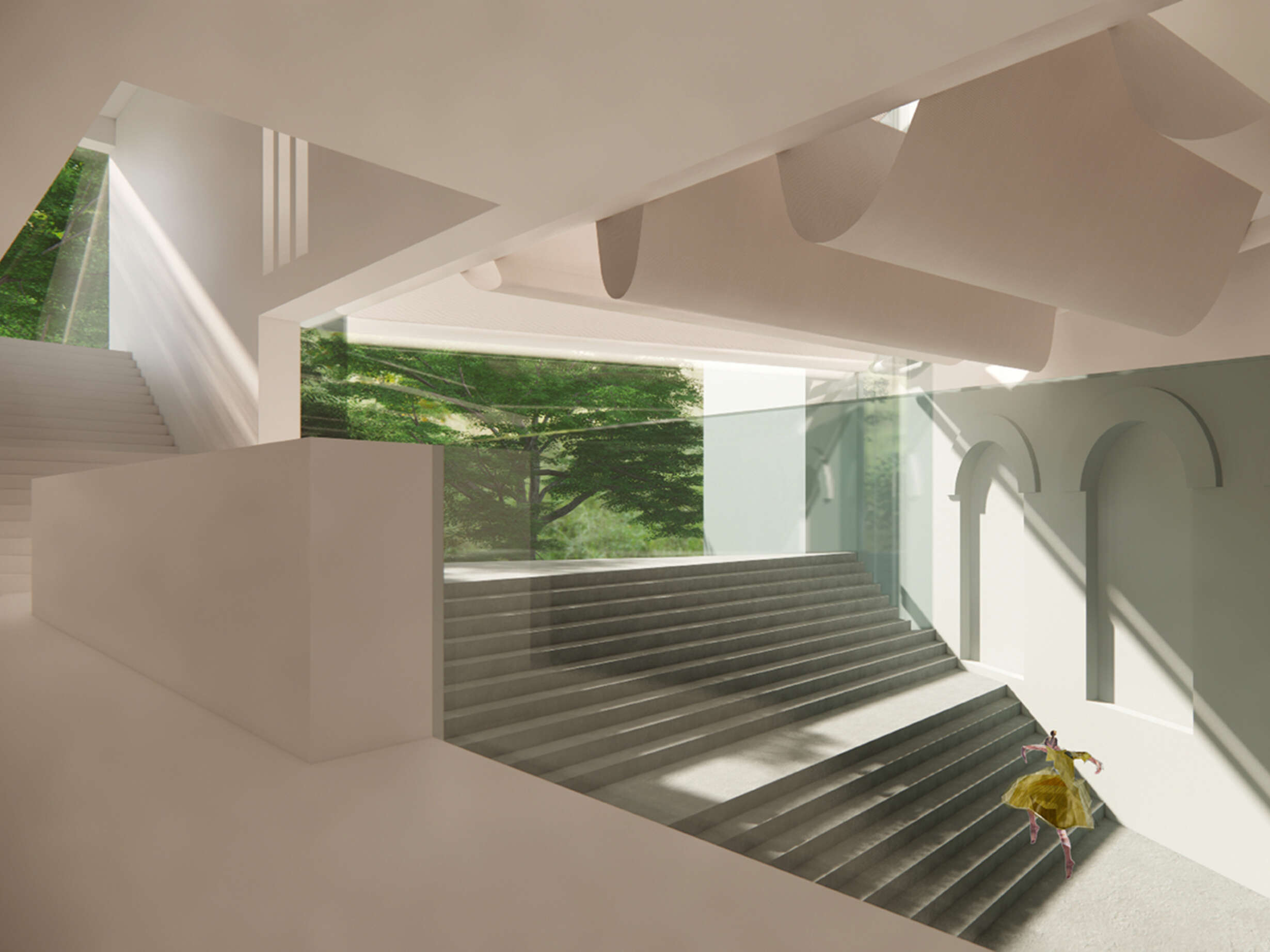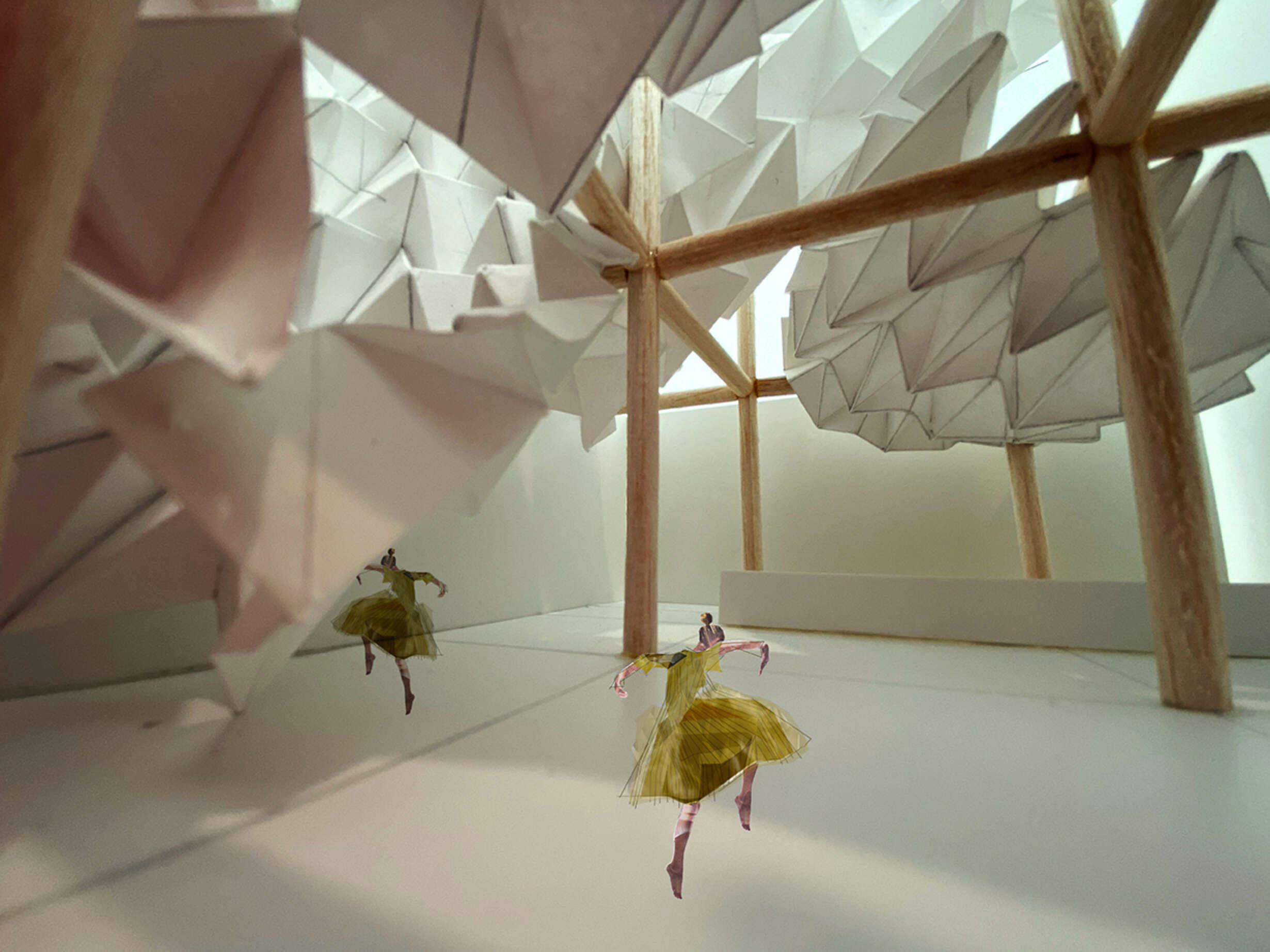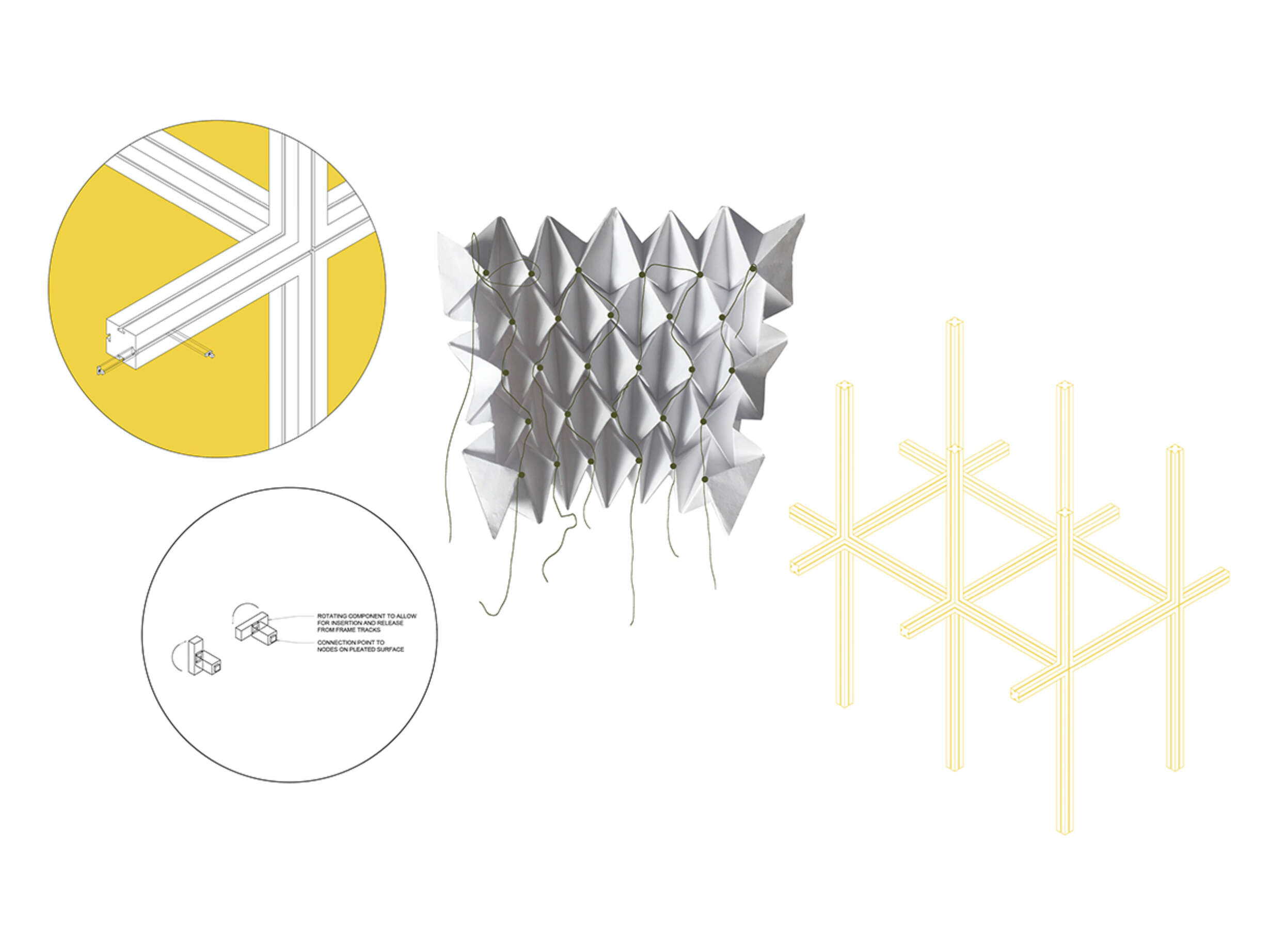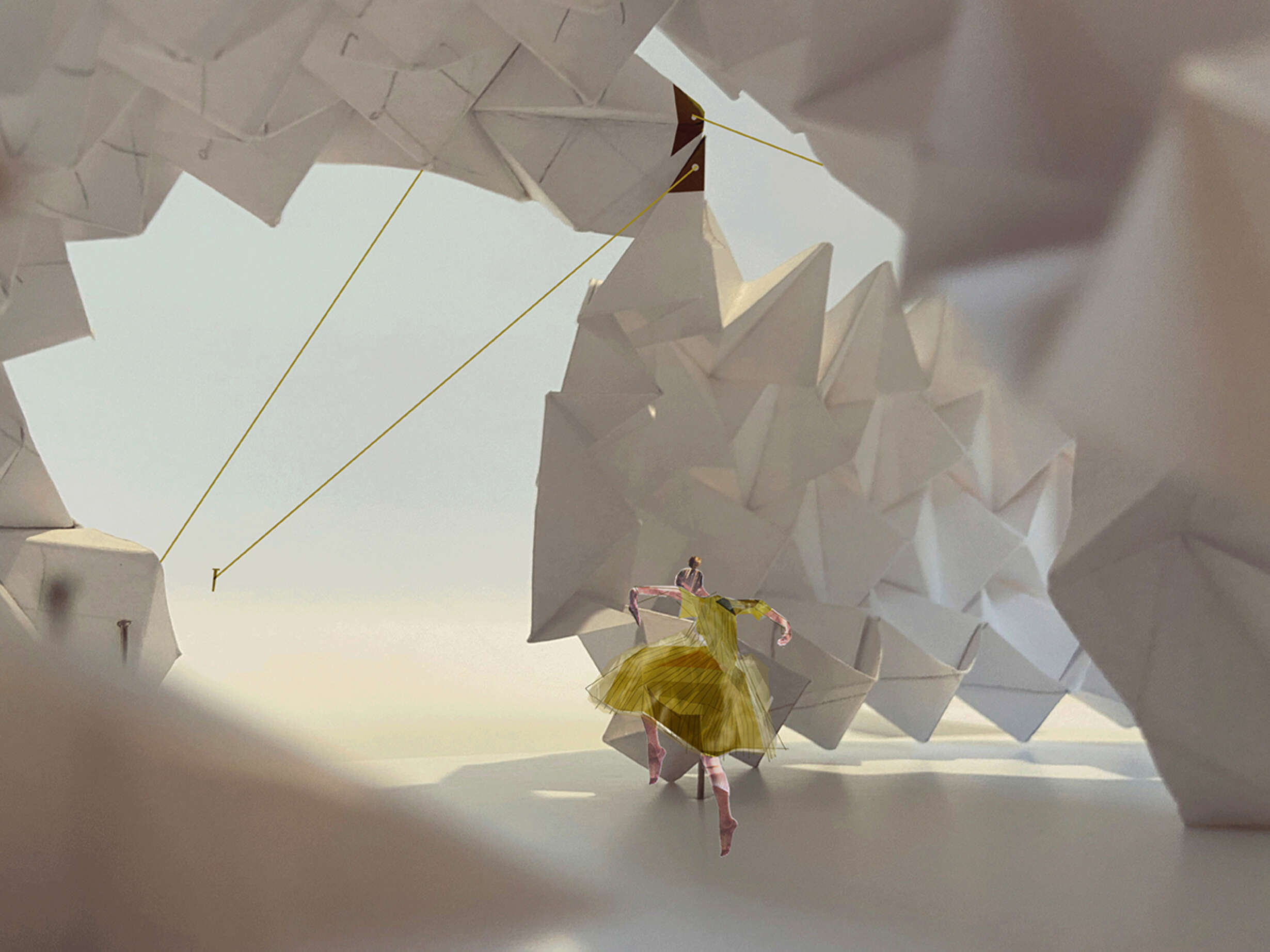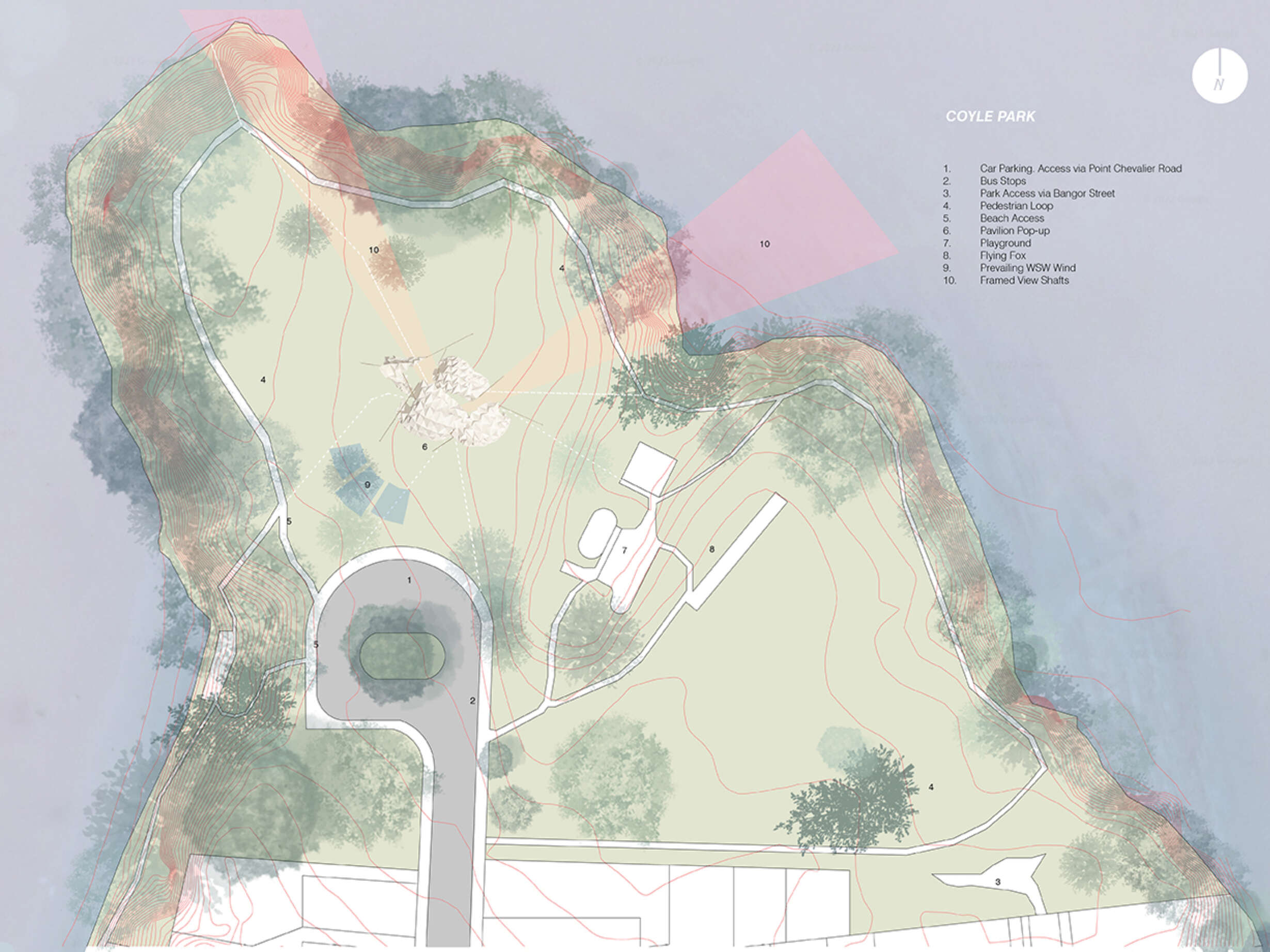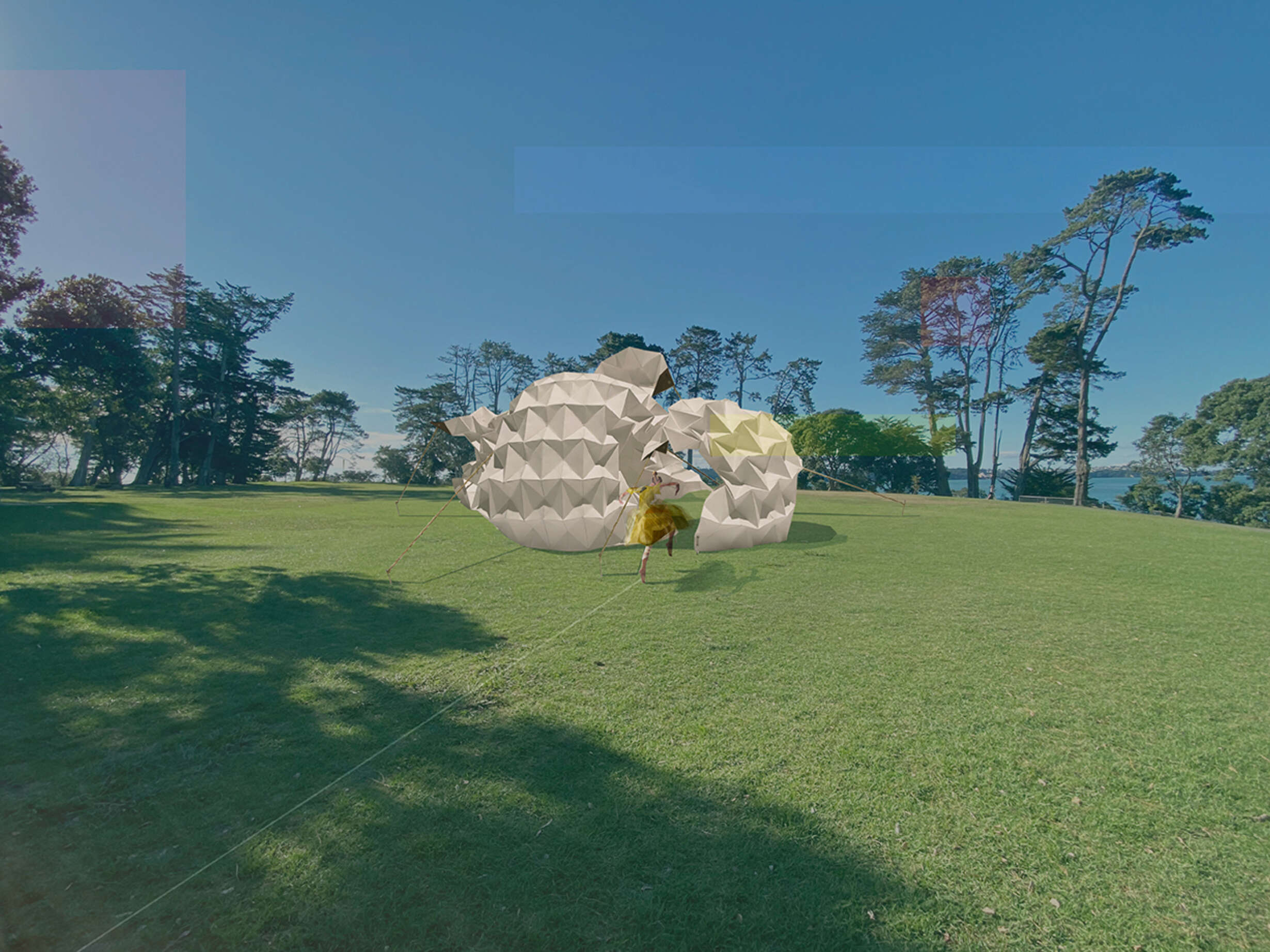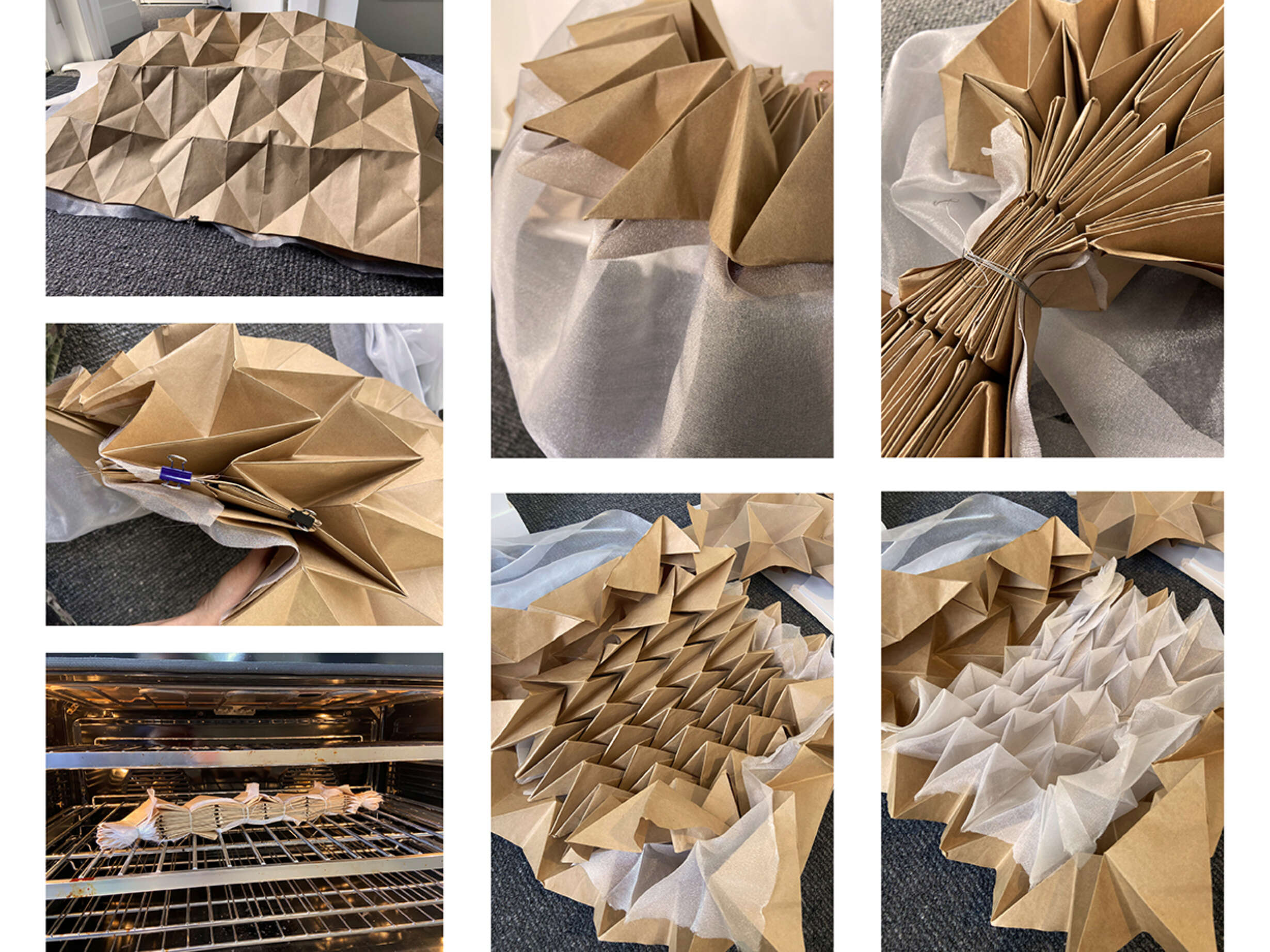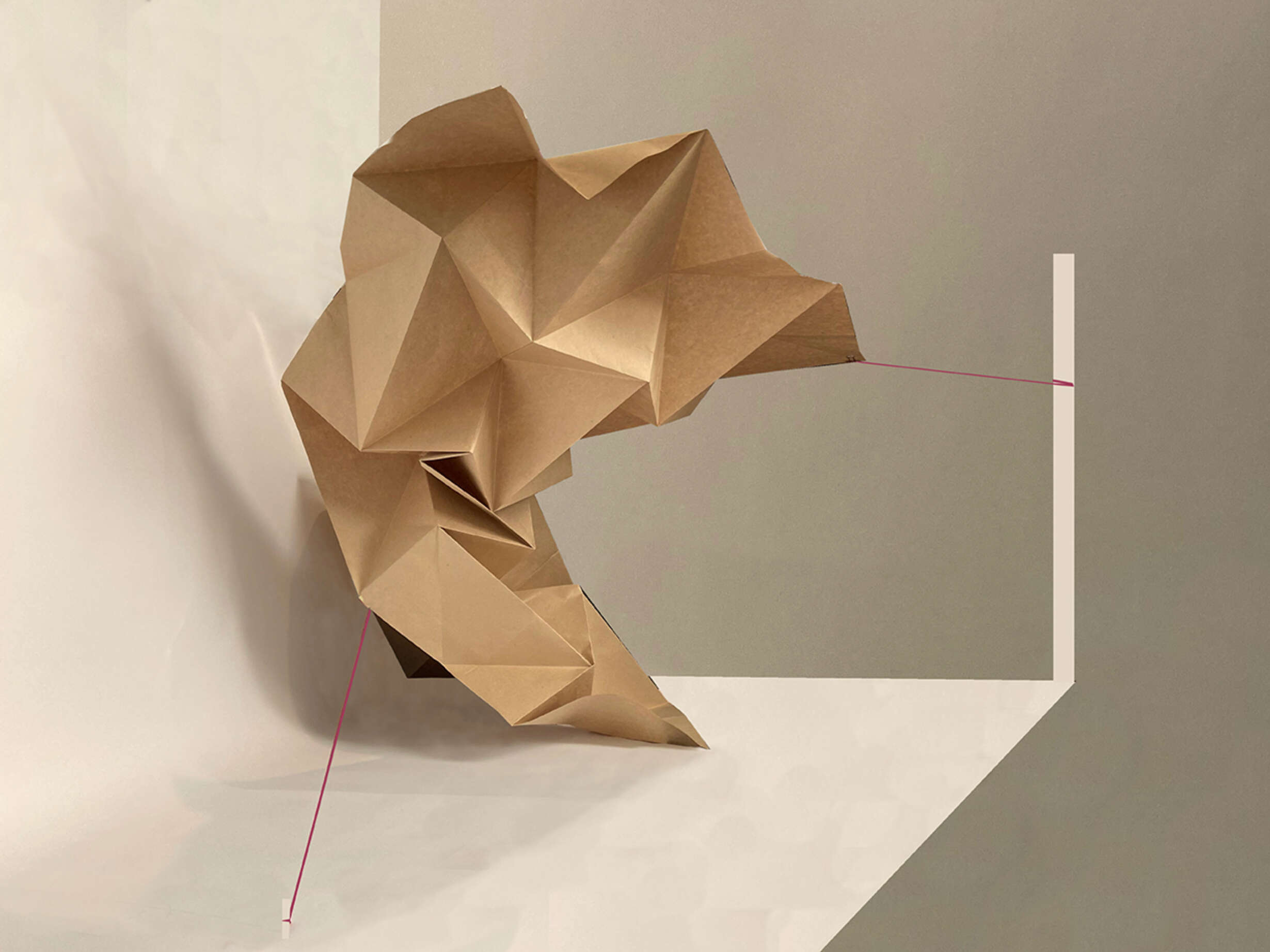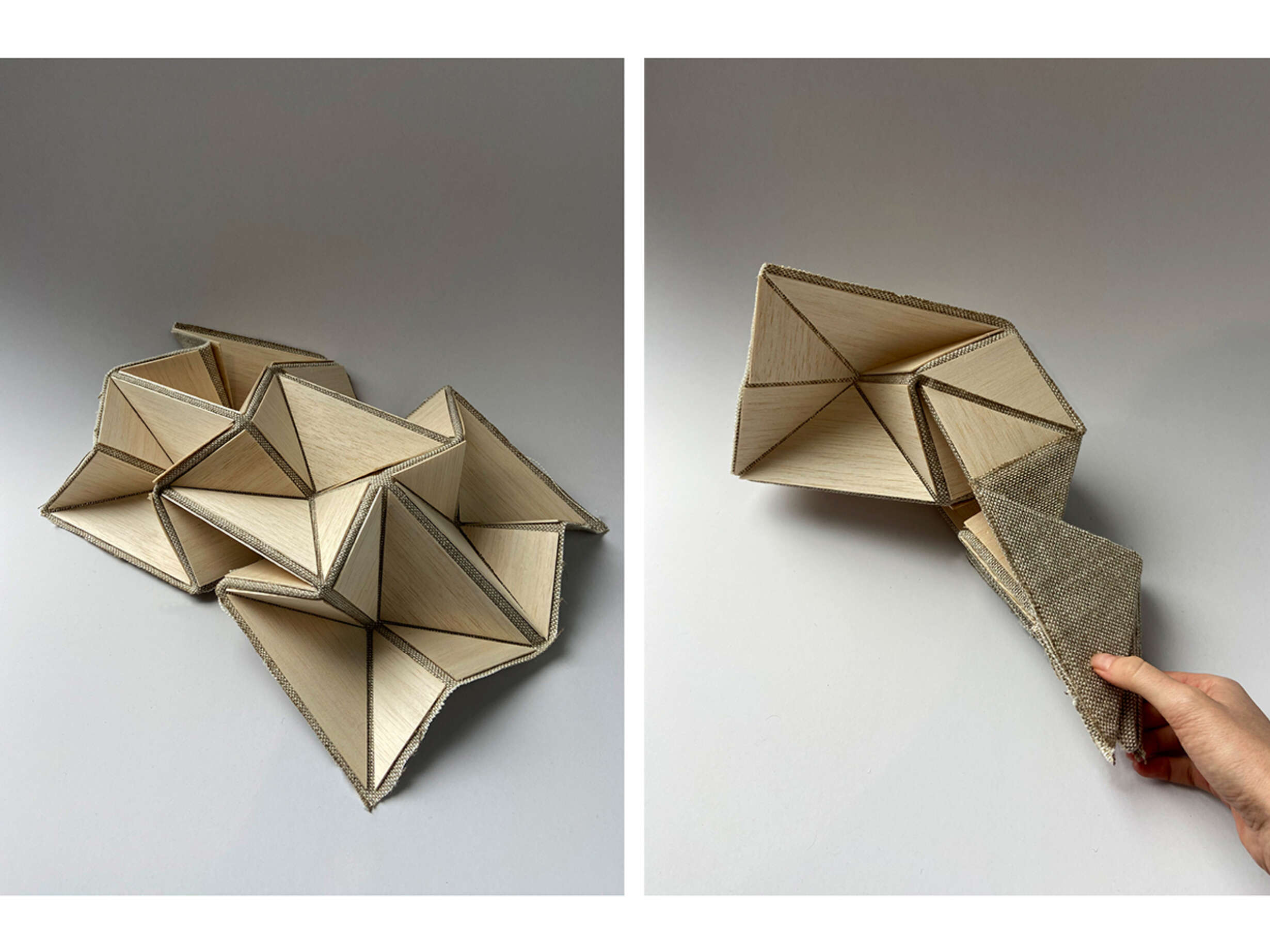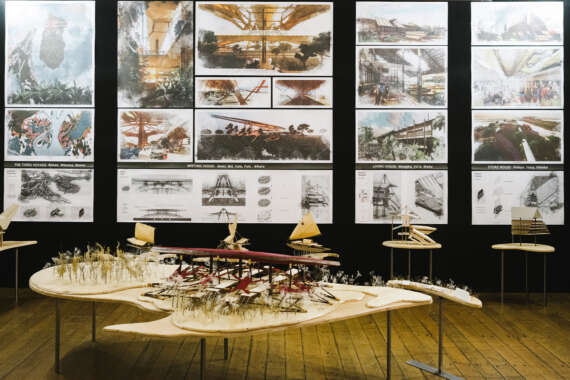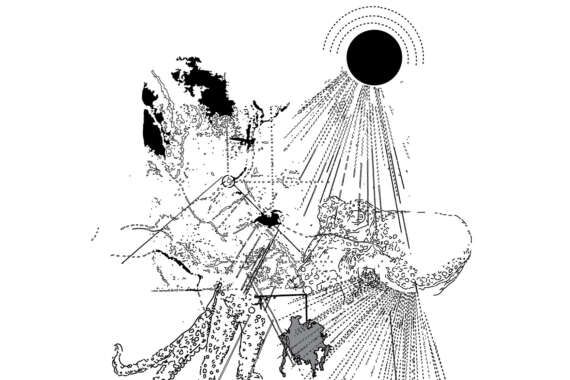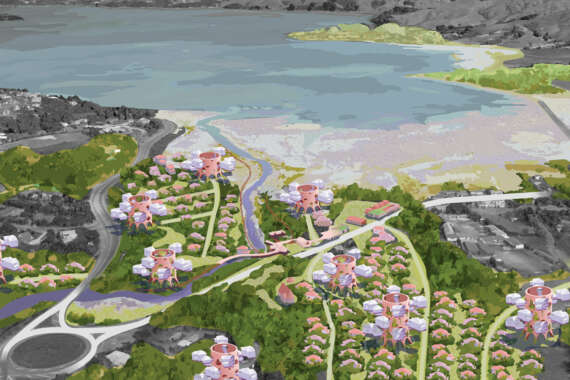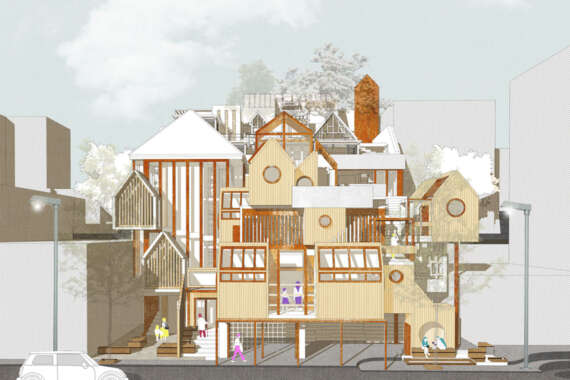In considering Florence de Lisle’s thesis, Pleats & Folds: An Exploration of the Metamorphosis of Architecture and Atmosphere, two aspects stand out. The first is the topic itself: the complex territory of kinetic architecture. Buildings that change through movement is a realm where few venture. The second is the unrelenting iterative model making exploration of the kinetic, haptic and structural qualities of folding and pleats, beautifully exemplifying the power and value of making in design research. Three series of explorations build a repertoire and lead to evolving and challenging kinetics, creating powerful architectural atmospheres.
The first series of experiments is an open-ended, joyous dive into paper folding, creating fantastic, materialised artefacts and generating associated tectonic folding techniques and knowledge subsequently applied throughout the rest of the thesis. Here, the history and craftsmanship of pleating and textiles are explored. This combines with an investigation into the correlation between movement and atmosphere using origami pleating to provide a contextual framework within phenomenological theory.
The second series develops and deploys design experiments in an architectural context, exploring the application of different pleats and systems to the Auckland Art Gallery Toi o Tāmaki. In the process, it creates some sublime experiential moments such as sliding translucent tessellated screens.
The third series of experiments investigates frameless pleats and folds creating a stunning sculptural pavilion that speaks to the architecture of the folly. The design cleverly deploys tensioning techniques to show how folds have self-supporting qualities to create gravity defying beautiful and creature-like structures. The series progresses the notion that the intensifying of atmosphere is not solely reliant on big active movements of the pleat, instead showing how assemblage and deconstruction play a part.
The final series of experiments begins to develop and shift the work towards possible architectural futures through material and scale. Here the focus is on paper-like materials and the use of textiles, sometimes combined as hybrid materials. The critical reflection of the thesis shows a deep understanding of the potentials and structural limits of the materials at different scales. The thesis ends with a clear future path to continue exploring the potential of these kinetic forms and reflects on the importance of the making process over the outcome.
-Chris Barton, supervisor








